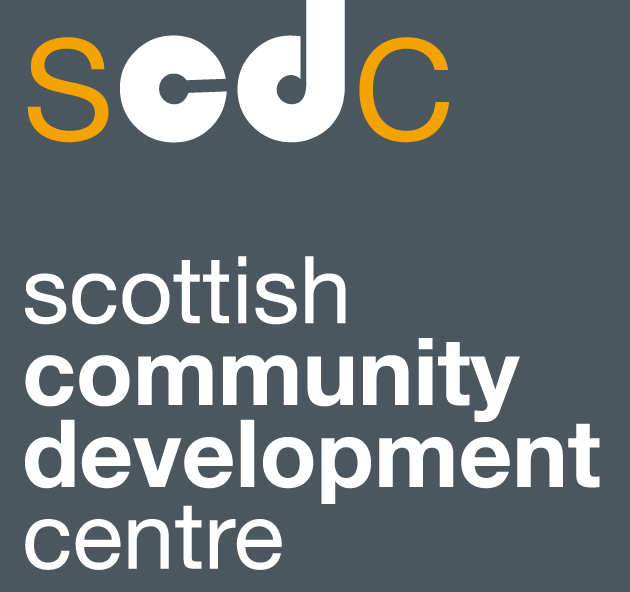Understanding Glasgow health and wellbeing profiles launched
/Glasgow Centre for Population Health recently launched its health and wellbeing profiles on the Understanding Glasgow website.
This work brings together information from a range of sources to make up 60 profiles covering Glasgow's three Community Health Partnership areas and 56 neighbourhoods across the city.
Each profile has 27 indicators covering population, cultural factors, education, poverty, health and more. The aim was to make this information easily accessible at a neighbourhood level, giving the people who live and work there more information about a range of important issues.
From this information GCPH found that:
- Overall Glasgow's population has remained relatively unchanged in the last 16 years, but there have been notable population changes locally within the city.
- Glasgow has become a more ethnically diverse city. In 2011, 12% of Glasgow's population were from a minority ethnic group, a figure which is nearly three times higher than the Scottish average.
- In the last 13 years, increases in life expectancy for men have been greater (+4 years) than for women (+2.7 years) in Glasgow.
- As a result, the gender gap in life expectancy has narrowed in Glasgow from 7.2 years to 6 years.
- There is a 15 year gap in male life expectancy at birth across Glasgow's neighbourhoods and an 11 year gap in female life expectancy. The width of this gap has reduced slightly for women but not appreciably for men in the last decade.
- Changes in life expectancy in many of Glasgow's neighbourhoods may have been driven in part by changes in local populations resulting from immigration, house building and demolition, and changes in relative deprivation. This is a focus of further study.
You can view the profiles here and read more about this work here.
